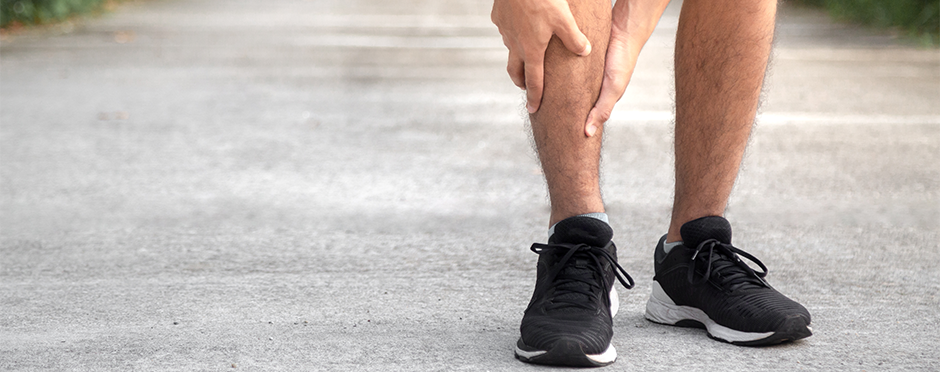
Can I Prevent Shin Splints?
Leave a CommentShin splints, medically known as medial tibial stress syndrome, is a common ailment experienced by athletes, runners, and individuals who engage in high-impact activities. Symptoms include pain along the shinbone (tibia), which often results from repetitive stress on the bone and the connective tissues surrounding it. Shin splints are preventable with the right strategies and habits. Let’s look at some prevention tips and when it’s time to seek out the professionals.
Prevention
1. Gradual Progression
One of the most effective ways to prevent shin splints is by gradually increasing the intensity and duration of your activities. Avoid sudden spikes in your workout regimen. Follow the 10% rule: increase your activity level by no more than 10% per week.
2. Proper Footwear
Invest in quality athletic shoes that offer good arch support and cushioning. Consider using orthotic inserts if you have flat feet or other specific needs. Replace your shoes every 300-500 miles to ensure they provide adequate support.
3. Strengthening Exercises
Incorporate strength training exercises targeting your lower legs. Exercises for your foot, ankle, knee, and hip can help build strength and endurance in your shins and surrounding muscles.
4. Flexibility Training
Stretching is crucial in preventing shin splints. Regularly stretch your calves, Achilles tendons, and the muscles around your shins to improve flexibility and reduce muscle tightness.
5. Cross-Training
Diversify your workout routine with low-impact activities like swimming, cycling, or using an elliptical. Cross-training can reduce the repetitive stress on your shins while still providing a good cardiovascular workout. It’s a win-win!
6. Surface Considerations
Run on softer surfaces such as grass, dirt trails, or synthetic tracks whenever possible. Hard surfaces like concrete can increase the impact on your shins and exacerbate pain. When opting for softer terrain, be mindful of any elevation changes, like ditches or hills; this can increase your risk of injuries like a twisted ankle if you are not careful.
7. Proper Form
Pay attention to your running form. Landing softly, maintaining a midfoot strike, and avoiding overstriding can reduce the stress on your shins. Consider consulting a running coach or physical therapist for a gait analysis.
When To Seek Help
If you experience persistent pain despite following preventive measures, seeking professional advice is important. A physical therapist can provide personalized guidance and a tailored exercise program to address your needs. If you feel you may have symptoms of shin splints, consider contacting Athletico for a free assessment.
Shin splints can be debilitating, but with the right preventive measures, you can significantly reduce your risk. You can keep your shins healthy and pain-free by gradually progressing your activities, wearing proper footwear, strengthening and stretching your muscles, and being mindful of your training techniques. Remember, listening to your body and adjusting as needed are key to staying injury-free and enjoying your favorite activities.
*Per federal guidelines, beneficiaries of plans such as Medicare, Medicaid, Tricare, VHA and other federally funded plans are not eligible for free assessments.
The Athletico blog is an educational resource written by Athletico employees. Athletico bloggers are licensed professionals who abide by the code of ethics outlined by their respective professional associations. The content published in blog posts represents the opinion of the individual author based on their expertise and experience. The content provided in this blog is for informational purposes only, does not constitute medical advice and should not be relied on for making personal health decisions.
